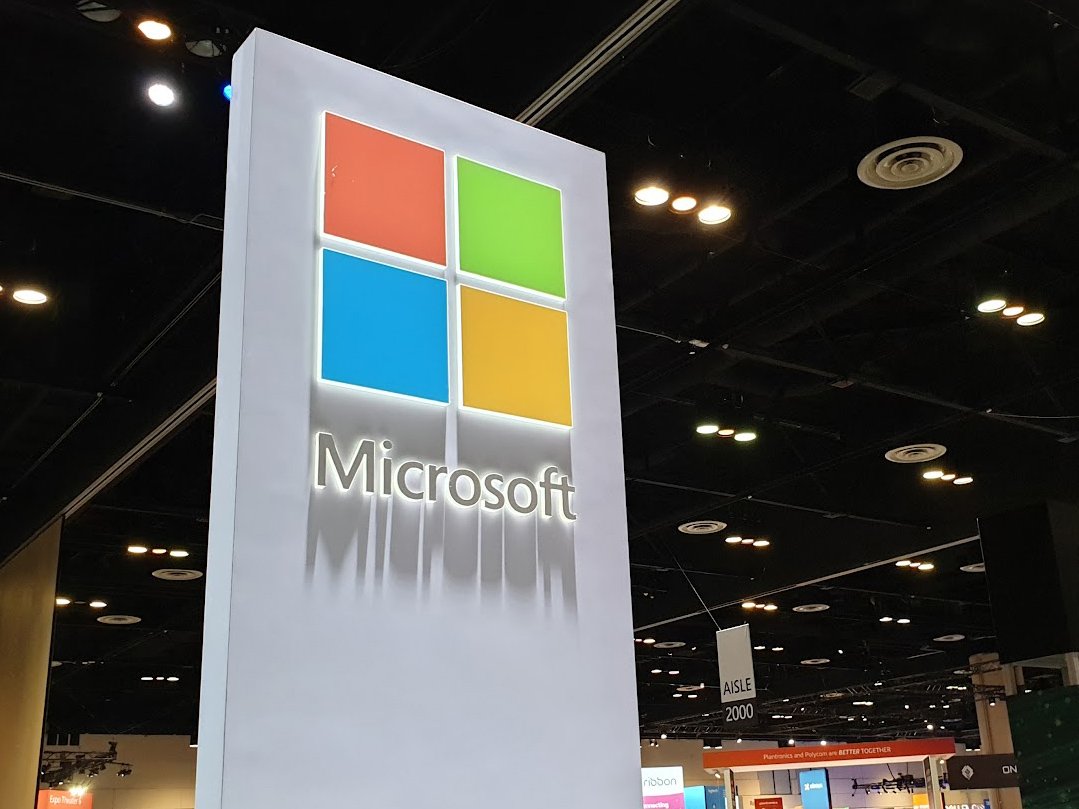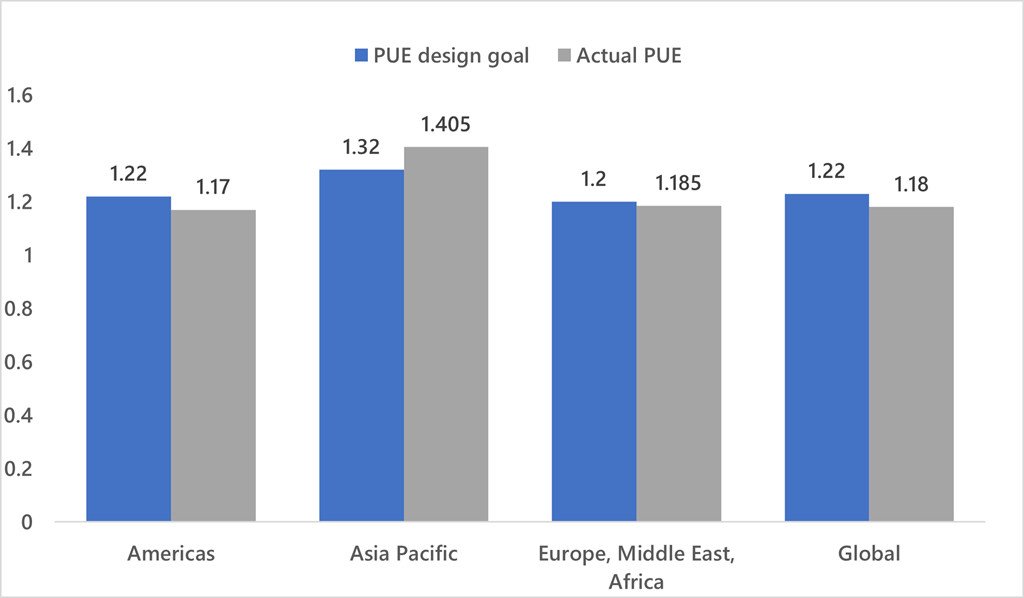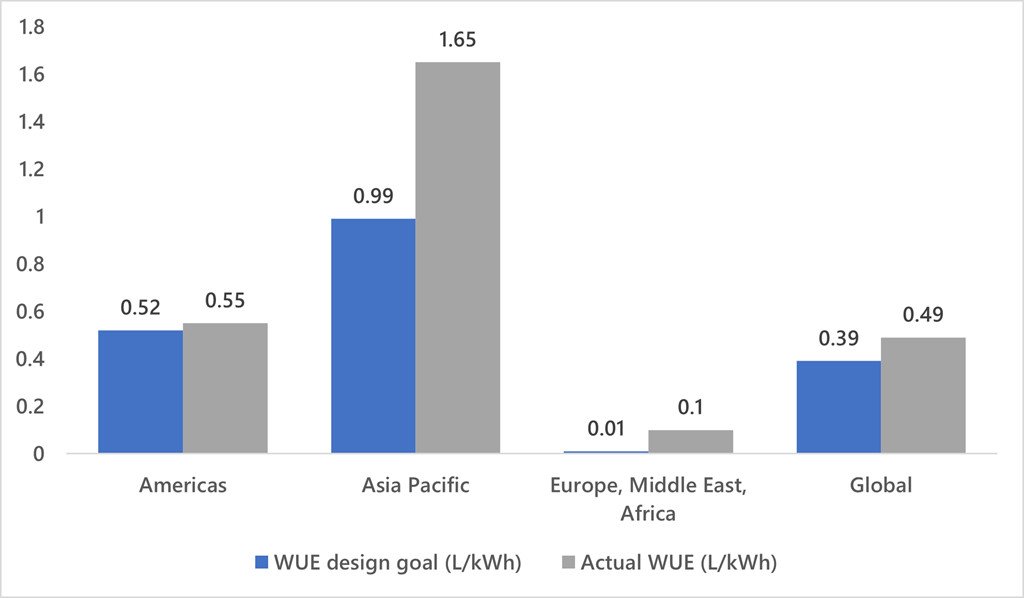As you might expect, Microsoft's keeping close tabs on how Azure eats through energy.
What you need to know
- Microsoft CVP Noelle Walsh shared an update on the company's Azure blog about how Redmond keeps track of its datacenters' energy usage.
- Walsh acknowledged Microsoft's disappointing Scope 3 emissions results from a report released earlier in 2022.
On Earth Day 2022, Microsoft CVP Noelle Walsh took to the Azure blog to provide an update about how the company keeps tabs on its datacenter energy usage. The figures Walsh shared offer a firsthand glimpse into Microsoft's mindset regarding ensuring Azure operations don't tank overall sustainability goals.
Microsoft's Power Usage Effectiveness (PUE) metrics are based on a simple formula: PUE equals the total energy needed for a facility divided by the total energy used for computing. Microsoft's goal is to get the PUE value to one or close thereto. The company's newest datacenters have a PUE of 1.12. Its operating PUE differs across regions, with a particularly high and undesirable number in the Asia Pacific region due to hot climates and additional energy expenses on cooling.
Microsoft has a similar equation for Water Usage Effectiveness (WUE). "WUE is calculated by dividing the number of liters of water used for humidification and cooling by the total annual amount of power (measured in kWh) needed to operate our datacenter IT equipment," Walsh stated in the blog. Like with energy, WUE values are much higher than one in the "Asia Pacific" category due to heightened cooling needs.
Microsoft acknowledges there's more work to be done to help reduce energy usage and ensure its operations are sustainable, even when it comes to factors not completely under its control such as Scope 3 emissions. If you want to see practical, consumer-level applications of Microsoft's ecological initiatives, check out its mouse made with recycled ocean plastics.
source https://www.windowscentral.com/microsoft-shares-update-datacenter-energy-sustainability-tracking-methods





0 Comments